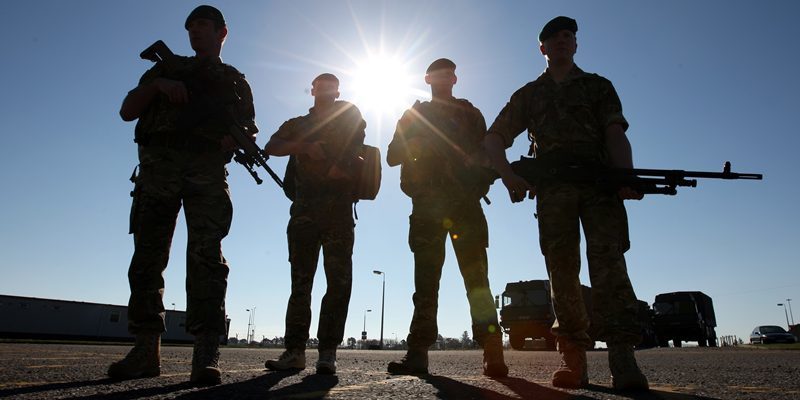Royal Marines from 45 Commando in Arbroath en route to Afghanistan for a six-month tour have been told to “kill the enemy when necessary” but that body count does not indicate success.
This is one of 10 key principles of the mission for around 600 marines in Nad-e-Ali, Helmand province, deploying as part of a 9500-strong UK section of NATO forces.
The marines’ duties will include patrolling, protecting reconstruction teams, supporting the Afghan national army and police and denying insurgents freedom of movement.
The first military operation in Afghanistan in 2002 was led by the marines as part of the International Security Assistance Force (ISAF).
There were deployments in 2006 and 2008, but this deployment is a first as 45 Commando have never been on a summer tour, or been based at Nad-e-Ali South.
The key principles for the mission are:It is an Afghan counter-insurgency and we must keep Afghan needs at its centre. The average Afghan wants his interests to be looked after and his security to be ensured. The campaign will be won by satisfying Afghan hopes. Kill the enemy when necessary but body count will not always indicate success. Have the courage to use the absolute minimum force. Always think clearly even when angry or afraid. Military operations will not occur in isolation. Always treat Afghan people with dignity. Promise low and deliver high. Minimise cultural mistakes.Since summer the men of 45 Commando have undergone rigorous training to prepare them for the task ahead.CO ‘immensely proud’Commanding officer Lieutenant Colonel Oliver Lee said, “The commando has completed over six months of Afghan-specific pre-deployment training and is now in the best possible shape to undertake the challenges of the months ahead.
“I am immensely proud of all of the men of the commando and have the utmost confidence in every single one of them.”
Improvements in security throughout the winter in Nad-e Ali have seen the British-trained and mentored police provide increasingly effective security, launching operations to protect the population and drive back insurgent influence.
They are also increasingly dealing with more ‘normal’ crime incidents.
Lt Col Lee said that many of the insurgents have been pushed into the desert and in more than 2000 engagements the coalition forces have always prevailed.
The result is that insurgent encounters are reduced to what the troops call “shoot and scoot” skirmishes. They rarely stand and fight.
The insurgent weapon of choice now is the improvised explosive device.
US Major General Richard Mills, commanding officer regional command, said that it was difficult to say when the Afghan national security forces would take over full responsibility for security.
He said, “One test for this is simple, and I’d say one which the ANSF are already passing is the confidence that the local people have in them.
“Regarding the police force in Helmand province, a year ago they were seen as a bunch of thugs simply out to enrich themselves.
“They are now looked upon as people who protect and serve.”
